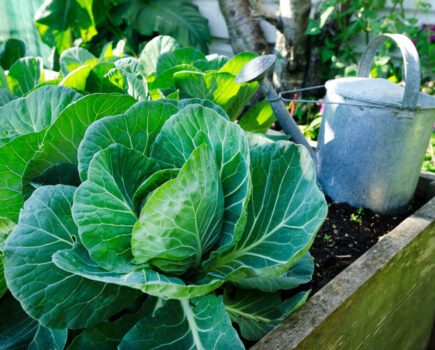Time spent nurturing plants keeps money in the bank, says Ruth
In the last issue I explained how having a naturally diverse garden with lots of birds, animals and insects can help keep pest populations low, saving you money on chemicals that kill or endanger everything indiscriminately.
This week I’m looking at how consistent and correct plant care will keep your garden productive without the need to buy lots of expensive fertilisers and boosters. The first instruction is to always buy plants that suit your soil and garden. It’s easy to get carried away, but always read the planting label and don’t be fooled into thinking that, for example, an acid-loving plant will be happy in your chalky soil if you bestow it with all the goodwill, care and feed in the world – because it honestly won’t.
Healthy plants start with healthy soil, which is why we strongly advocate making as much compost as you can, to use as a soil improver and mulch. Classed as ‘organic material’, it helps to open up heavy clay soil and helps thin chalky soil hold onto moisture. It also hugely increases the nutritional value of both.
The next step to creating a beautiful garden is to start with healthy stock. If you are growing your own from seed, make sure your young plants are kept somewhere light and warm and well ventilated and that their compost stays just damp, not sodden. Pot them on when they are large enough and harden them off before adding them to the garden.
When buying from a commercial outlet, ensure plants look healthy, are well watered and ideally grown in peat-free compost. Avoid any that are wilting, or have sickly pale leaves and compost covered with a furry coat of moss. Supermarket plants often look sad and wilted and although they can be revived the process takes a lot out of them and they may not do as well as plants purchased in the peak of health.
Having said that, I do love rescuing plants from the ‘help needed’ section of garden centres, though I usually go for perennials rather than annuals. If buying online, check the returns and guarantees policy and make sure you get what you’ve paid for. Then when you’ve got your plants home it’s time to get planting – see the column, right, for my top tips for successful planting.
Plant health
Easy steps to a great garden
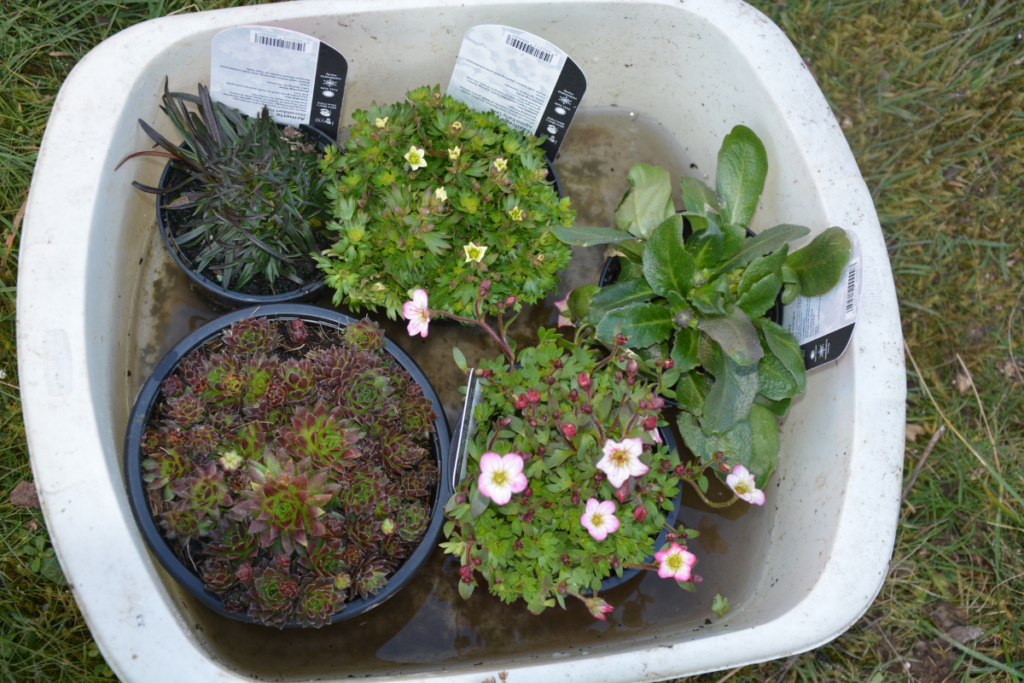
1. Stand plants in water for 30 minutes before planting. It saturates their root ball and helps them slip from the pot without roots sticking to its sides.
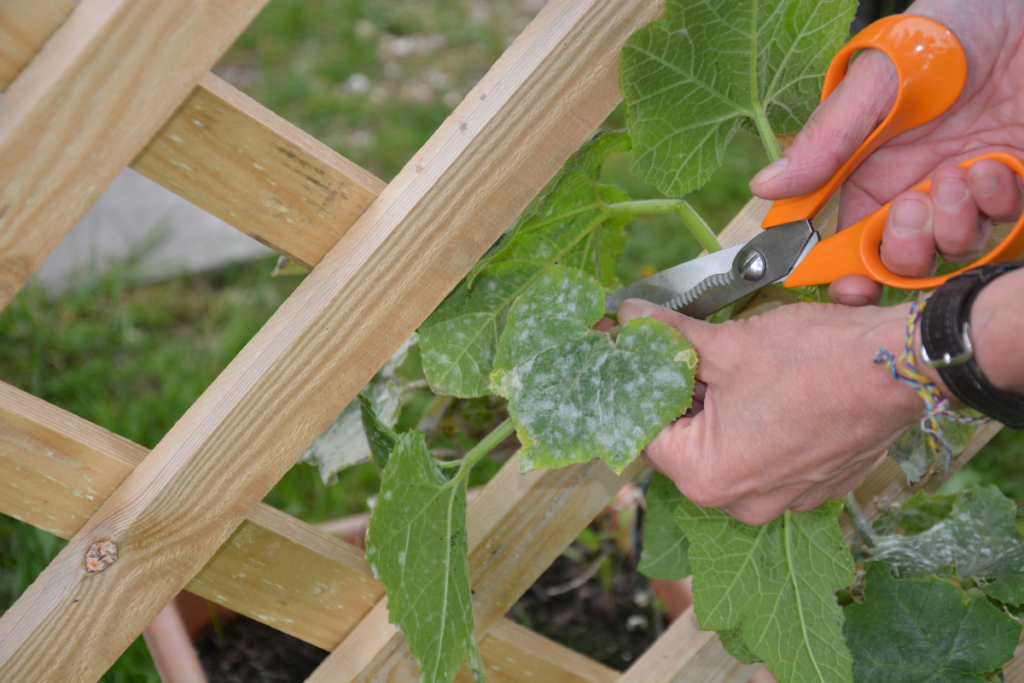
2. Give plants space. Close planting can reduce airflow, encouraging fungal problems such as powdery mildew (pictured) and creating a highway for pests. Remove pests and affected leaves.
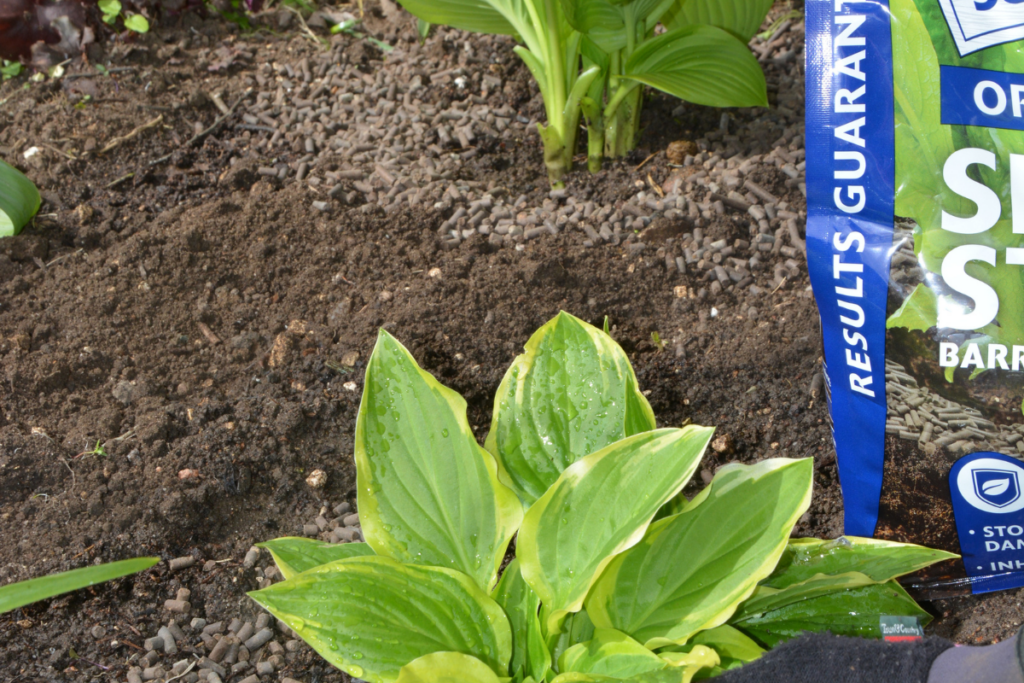
3. Be pest proactive. Surround new plants with wool pellets to deter slugs and snails and deal with aphids and caterpillars before a small colony can become an infestation.

4. Water wisely, in the morning and evenings when temperatures are lower and the water slower to evaporate. Direct moisture at the roots, don’t waste it by drenching leaves and flowers.
Containers and baskets
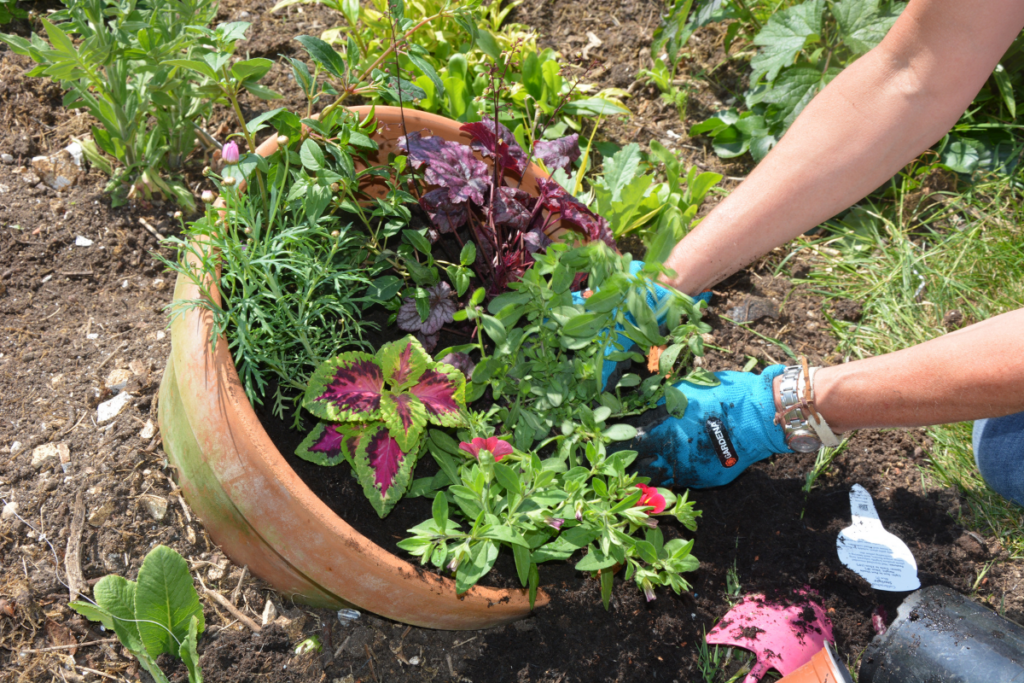
1. Because plants in containers and baskets don’t have an endless supply of food and moisture they need regular feeding and watering. Start feeding weekly around four weeks after planting and water when compost feels dry.
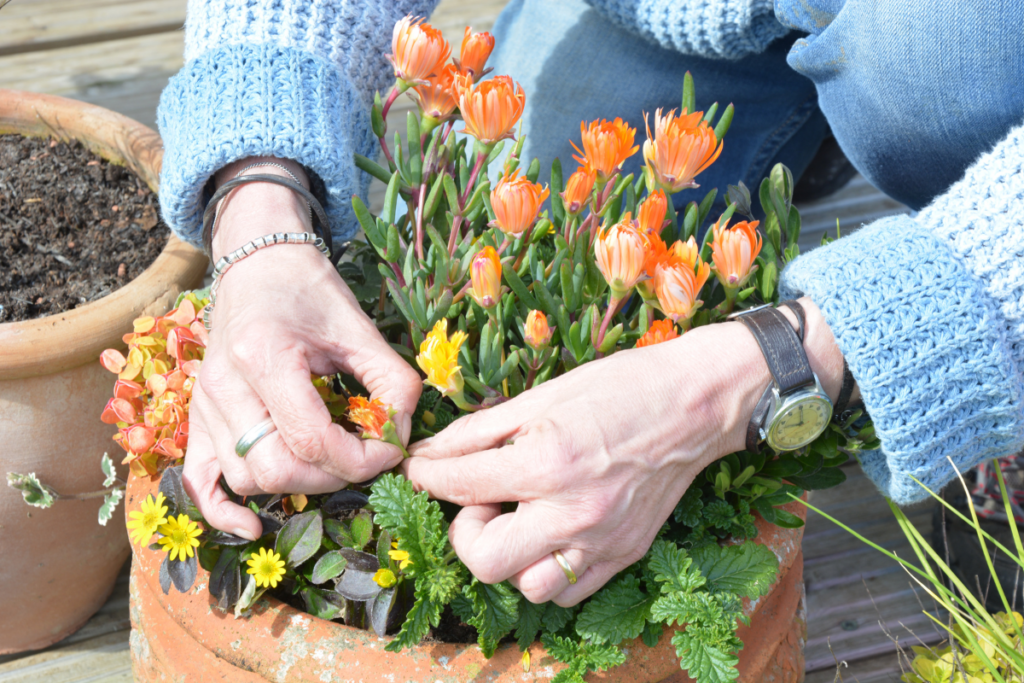
2. Ongoing care ensures plants flourish and flower right through summer. Deadhead as soon as blooms fade, to encourage the plant to produce more, and check regularly for pests, especially greenfly and slugs and snails hiding under leaves and around the edge of the pot.
Find more tips, advice and articles like this at the Amateur Gardening website. Subscribe to Amateur Gardening magazine now.


